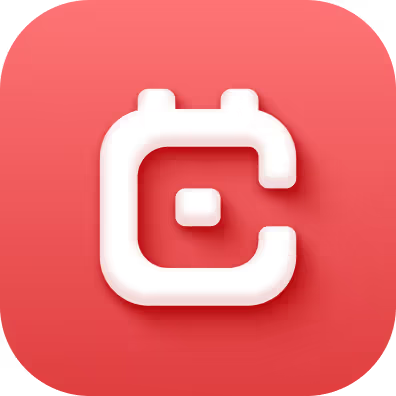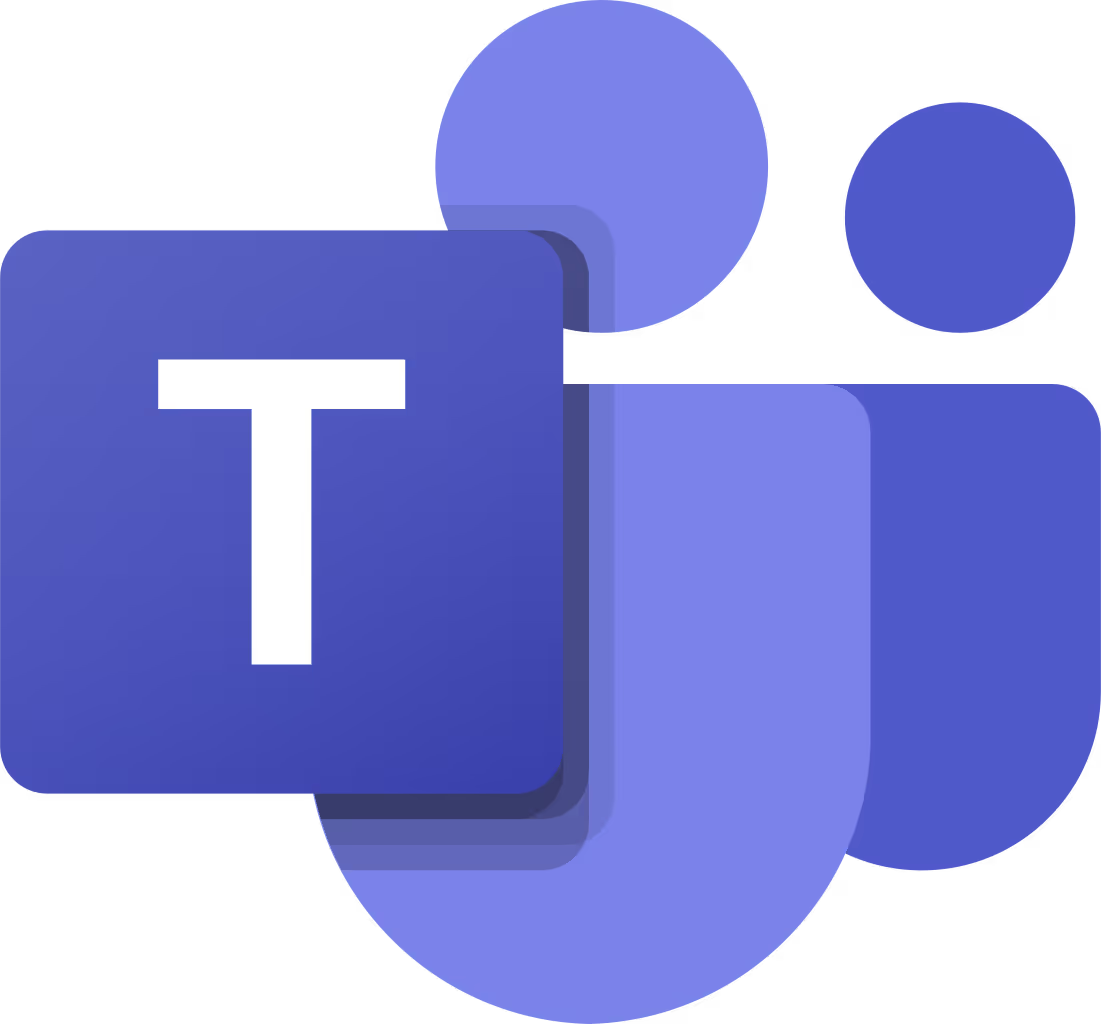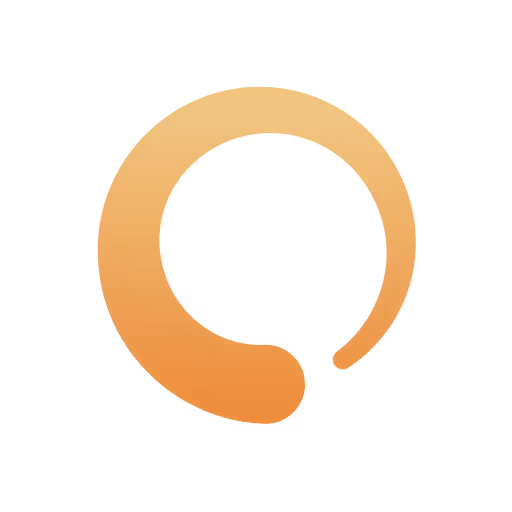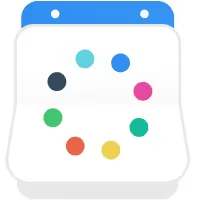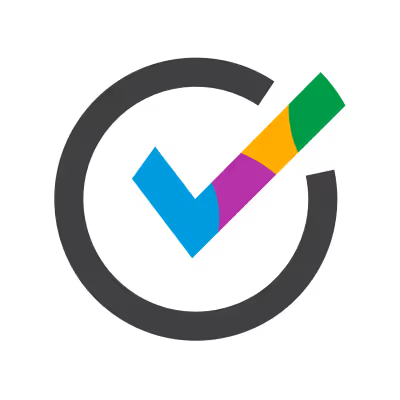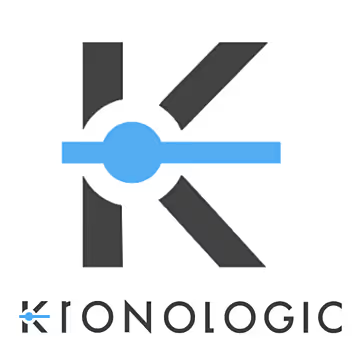E-Meeting tools handle the entire process of setting up virtual meetings, from scheduling to follow-up. These platforms connect directly to your Google Calendar or Office 365 to check when you're actually available, so people can book time slots without the usual email ping-pong. A prospect visits your booking page, sees your real availability, picks a time, and gets a meeting link automatically. This online meeting software eliminates most of the manual work that goes into coordinating calls.
The technology works by syncing with your calendar in real time. When someone wants to book a meeting, the system checks your availability rules (like working hours and break times) against what's actually blocked on your calendar. Some platforms use round-robin scheduling to spread meetings evenly across team members. These tools also connect to other business software through APIs, so booking a call can automatically create a lead record in your CRM or charge a consultation fee through Stripe. You get a connected workflow where one booking triggers several business processes.
This virtual meeting platform category is different from video conferencing software like Zoom or Teams. Those platforms host the actual meeting, while E-Meeting tools manage everything that happens before and after. They're not just calendar add-ons either. These are often standalone systems that handle scheduling, send reminders, collect information from attendees, and push data to other business tools. The best virtual meeting software bridges the gap between your communication tools and customer management systems.
Sales teams use these tools to let prospects book product demos directly from marketing emails. Recruiters coordinate interviews without the back-and-forth scheduling emails. Consultants collect payment when clients book sessions. The platforms typically offer branded booking pages, automated SMS and email reminders that cut no-show rates, and intake forms that qualify leads before calls start. Some newer web conferencing tools include conversation intelligence that transcripts calls and pulls out key discussion points. These systems are becoming standard for any business that runs regular client meetings, moving the administrative work into the background so people can focus on the actual conversations.
